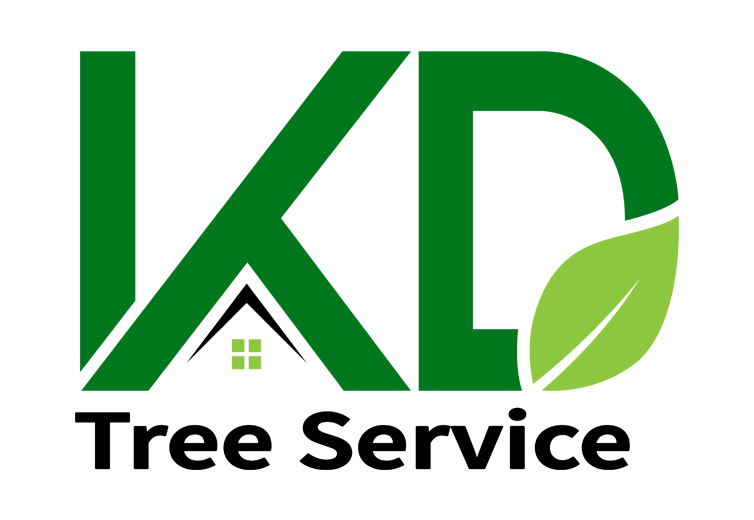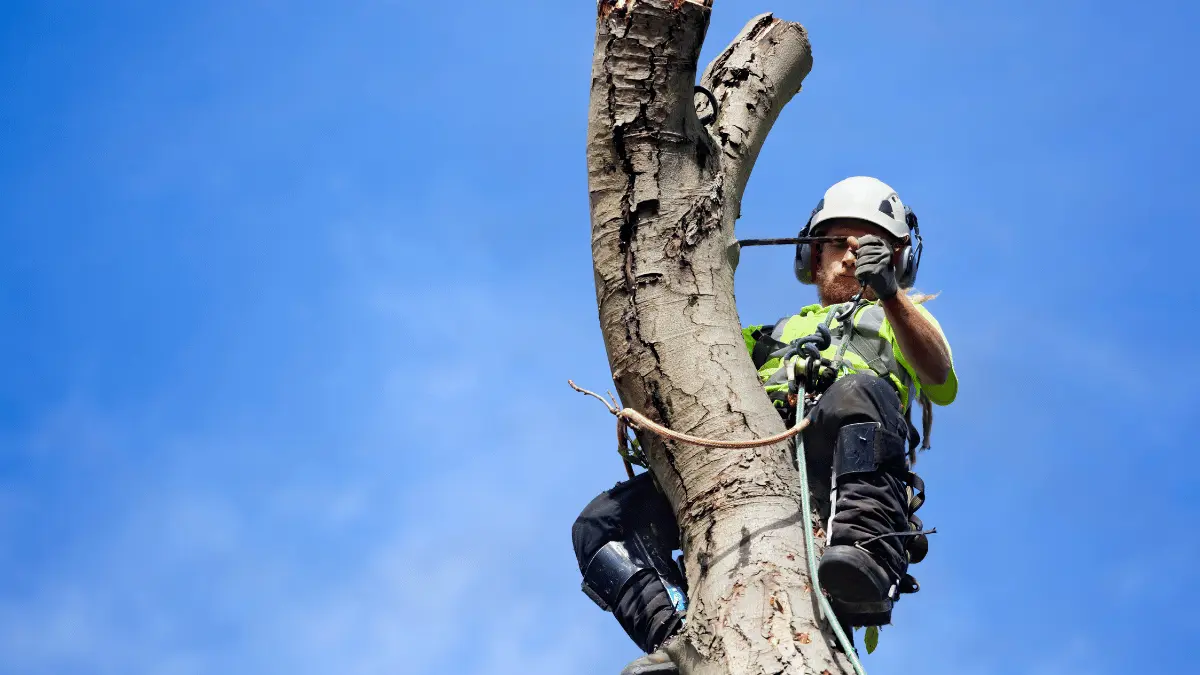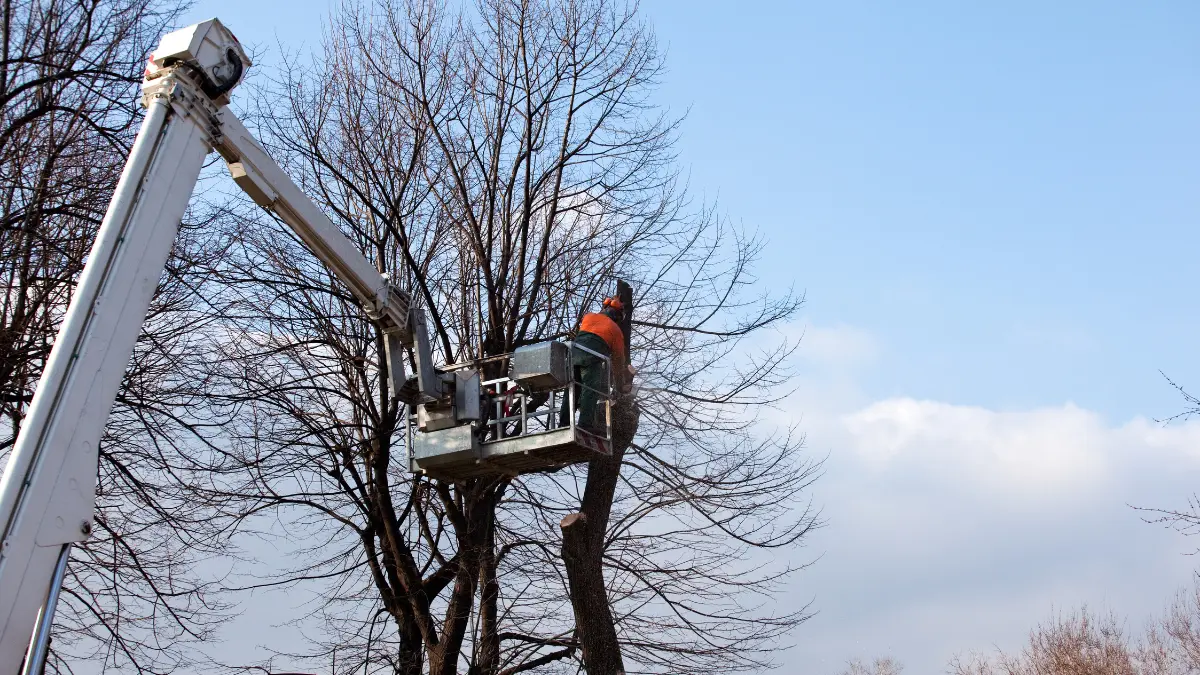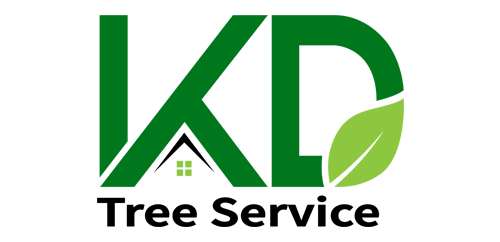In the field of arboriculture and horticulture, the well-being and longevity of trees and shrubs are critical. Deep root fertilization is one of the most efficient strategies for ensuring your trees’ healthy growth. This procedure involves providing nutrients directly to a tree’s root zone, resulting in better growth, improved resistance to diseases, and improved overall health.
Whether you’re an experienced gardener or someone who is willing to increase your knowledge, this detailed guide will bring you through the deep root fertilization procedure. By the end of the article, you will possess the tools and knowledge needed to maintain the health of your shrubs and trees.
Symptoms Of Cedar-Apple Rust

Before getting into the Step-by-step guide to fertilizing trees in Erie PA, it’s important to recognize what deep root fertilization is. Unlike regular surface fertilization, which provides nutrients to the soil’s surface, deep root fertilization injects nutrients straight into the soil, where they reach the tree’s root zone. This strategy guarantees that nutrients are easily accessible to the roots, resulting in more efficient absorption.
Nutrient Care for Erie Trees. Why Use Deep Root Fertilization?
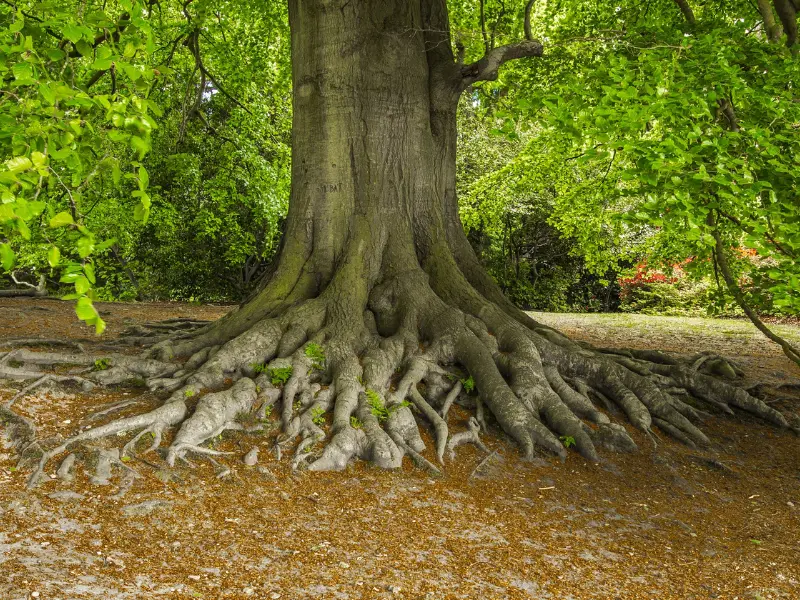
Deep root fertilization is particularly useful in cities and suburbs, where trees are frequently threatened by compacted soil, turfgrass competition, and limited availability to water and nutrients. According to a study conducted by the Arbor Day Foundation, urban trees can live up to 50% longer when given proper maintenance, including deep root fertilization. This technique is also effective for assisting trees in recovering from pest infestations, disease, or environmental stress.
How to prevent tree stress with fertilization in Erie winters

To fully understand the effectiveness of deep root fertilization, one must first understand the science underlying it. Trees have an interconnected root system made up of massive anchoring roots and smaller feeding roots. The feeder roots take nutrients and water. Deep root fertilization which is a Deep root care for trees ensures that these feeder roots get enough nutrients by injecting them directly into the soil.
Nutrient Composition
Deep root fertilization normally consists of an appropriate mix of nitrogen, phosphorus, and potassium, as well as micronutrients like iron, manganese, and zinc. Tree Fertilization Erie Winter promotes a variety of physiological activities, including chlorophyll production and root development.
Step-by-step guide to fertilizing trees in Erie PA
Now that you’ve gained a basic grasp of deep root fertilization, let’s go over the steps in detail.
1. Determine Your Trees’ Needs
Before commencing the fertilization procedure, determine your trees’ specific needs. Consider the type of tree, its age, soil composition, and any indicators of nutrient deficiency or stress. A soil test can provide important details about the nitrogen content and pH of the soil.
2. Select the Right Fertilizer
Choose a fertilizer that meets the demands of your trees. Look for products that are specifically created for deep root fertilizing, as they dissolve readily and disperse evenly in the soil. Ensure that the fertilizer has a balanced ratio of macronutrients (N-P-K) and required micronutrients.
3. Gather your equipment.
Deep root fertilization requires specialized equipment, such as a soil injection device or a root feeder. These gadgets allow you to inject fertilizer directly into the soil surrounding the tree’s root zone. Before using the product, select the best products for deep root fertilization in Erie, and read the instructions provided by the manufacturer and safety precautions.
4. Prepare the fertilizer solution needed for Deep root fertilization Erie PA.
Mix the fertilizer and water according to the manufacturer’s instructions. The solution will be pumped into the soil. Take accurate measurements to avoid over-fertilization, which might harm the tree. This could Prevent Winter Stress with Fertilization Erie.
5. When should Erie homeowners fertilize their trees?
Begin by placing the injection device into the soil at the ground level of the tree, about 8-12 inches deep. Distribute the injections uniformly around the tree, concentrating on the area below the canopy’s drip line. The number of injection points will vary depending on the size of the tree. For best results, inject the fluid at multiple locations to ensure a uniform distribution.
These are a few Outdoor Tree Nutrient Tips Erie.
How to prevent tree stress with fertilization in Erie winters
Better Soil Structure
How deep root fertilization protects Erie trees in winter? Regular deep root fertilization can help enhance soil structure over time. The injection method improves compacted soil, which promotes more water infiltration and root growth. This is particularly beneficial in urban regions where soil compaction is high.
Increased longevity
Trees that have been properly fertilized are better able to tolerate environmental stressors including drought, heat, and pollution. As a result, they can live a longer life, giving shade, beauty, and environmental advantages for many years to come.
Common Mistakes To Avoid

While deep root fertilization is a beneficial practice, it is critical to avoid common errors that can reduce its efficiency.
Over-Fertilization
Applying too much fertilizer can cause nutrient imbalances and root burn. Always follow the manufacturer’s directions and avoid over-fertilization, particularly during the dormant season.
Ignoring soil conditions.
Failure to assess soil conditions may result in poor fertilizing. Before fertilizing, conduct a soil test to confirm that you are targeting the correct nutritional deficits.
Insufficient tools
Using the wrong tools can result in uneven fertilizer distribution or insufficient penetration into the soil. Invest in quality instruments specialized for deep root fertilizing.
Conclusion
Deep root fertilization is a proven method for improving the health and vitality of your trees. By feeding nutrients directly to the root zone, this method guarantees your trees receive the nourishment they require to grow, Seasonal tree fertilization Erie even in tough urban settings.
Follow this step-by-step instruction and avoid common pitfalls to properly conduct deep root fertilization in your garden. Monitor your trees’ growth, alter your strategy as needed, and reap the advantages of stronger, more resilient trees. Whether you’re a homeowner, landscaper, or arborist, deep root fertilization is an important tool for ensuring tree health and durability.
FAQs
Can I Do It Myself?
Deep root fertilization demands the use of specialized equipment.
Such equipment will cost you a lot of money to buy. After purchasing it, you may lack the necessary experience or knowledge to complete the task.
We must say that nothing is impossible. However, it is preferable to contact a professional.
Do deep root fertilization and tree pest management have anything in common?
Yes! It has a lot to do with this.
Most Integrated Pest Management techniques begin with deep root fertilization of trees. As the tree gets healthier, its defenses improve, allowing it to fight off viruses and other pests.
Do new trees have the chance to grow faster?
When young trees are planted or transplanted, they require as much nutrients as possible in order to grow quickly.
This is where deep root fertilization enters in beneficial. These trees benefit from direct supply of nutrients and flowering quickly.
Contact KD Tree Services
KD Tree Services’ skilled staff members are committed to providing quality service to keep your yard clean and beautiful. With over 14 years of expertise serving the Erie area and across the USA, we understand the complexities of every service.
We’ve successfully explored a variety of areas regarding tree fertilization. From now on, you should have a better knowledge of how tree fertilization is done!
Call KD tree services at (518) 625-TREE to arrange excellent tree care services.

